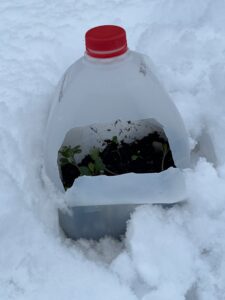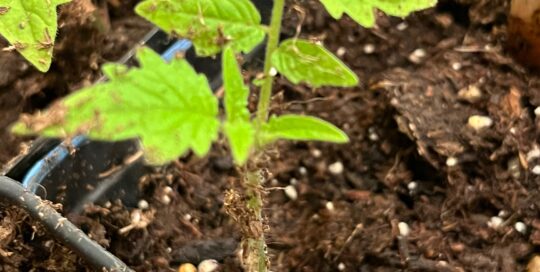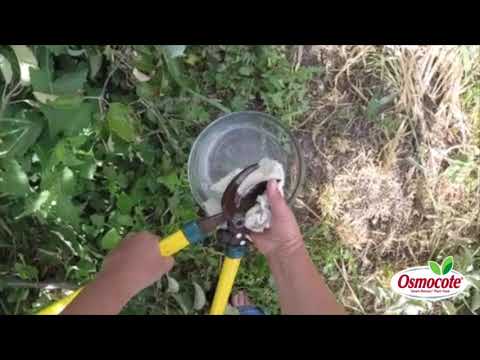Try Your Hand at Winter Sowing to Gain a Jump on the Season
Views: 298

It’s time to start thinking about spring planting, and I’m getting a jump on the season by sowing many of my cool-weather crops in the winter. This is an easier way to go and my hope is by planting early in the season, we’ll avoid many of the pests.
Winter Cold Frames Extend the Gardening Season
Why Plant in the Winter?
Seeding some crops in the winter allows you to start your plants early without taking up indoor space that requires lights to do it properly. It’s kind of the lazy way to jumpstart the garden, which is totally fine by me!
By seeding in containers, as the daylight increases and the days warm, the seeds germinate when the conditions are right. The containers protect them enough until it’s time to plant the transplants in the garden.
What Can You Plant?
We’re planting in the winter, so think perennials or cool weather crops. Tomatoes, peppers and squash don’t grow well because when they germinate, they are not hardy enough to withstand the freezing temperatures. On the other hand, kale and spinach sure can!
Think about seeding greens, including spinach, onions, broccoli, cauliflower, perennial herbs like thyme or oregano, perennial flowers, and even some annual flowers. Winter sowing is the best way to plant many native plants, as well. If a plant has a tendency to reseed, it is a good candidate.
Rutgers Guide to Winter Sowing
When to Winter Sow
The great thing about winter sowing is the timing is very flexible. It’s not like the indoor plants where you have to seed them a certain number of weeks prior to setting them out in the garden. These come up on their own time.
From about March to February we are what some call the “Persephone Period,” when the sun is away from us. But most people plant anytime after January first. Once again, the seeds are durable enough to withstand the freezing and will germinate when it is appropriate.
What Containers to Use to Winter Sow
One of my favorite aspects of winter sowing is you can use pretty much anything you want as a container. Gallon milk jugs are a favorite, so are the large, clear containers of salad mixes or fruits. I love to be able to recycle them this way. For all of the containers, poke holes in the bottom to provide drainage, and with the milk jugs, either cut them in half (leaving a section to keep the container in tact) or cut a window in them. Tape the section at the seam to make sure it stays together during the winter.
You can also use one-gallon ziplock bags. Snip three drainage holes in the bottom and fill them halfway with potting soil. You can place them in together in a box or container, or I like hanging them from dowels.
How to Winter Sow
After filling the container, which ever ones you use, about half-way with potting soil, water well and simply sprinkle over the seeds, then add a little soil on top of them. Set them outside in a protected area where they won’t be blown to death, but where they receive sunshine. That’s it.
As the winter wanes, and the sun and warmth increases, the seeds will germinate. By the time you have the space ready in your garden, you’ll be able to plant them in their spots.
My hope with winter sowing is by planting earlier than I normally would gives me a jump on the season before the pests make an appearance. It’s worth a shot!
Meet Amy Grisak
Amy is a freelance author and photographer in Great Falls, MT who specializes in gardening, foods, and sustainable agriculture. She provides information on every kind…
Amy's Recent Posts

Watch Out for Silverleaf Whiteflies








